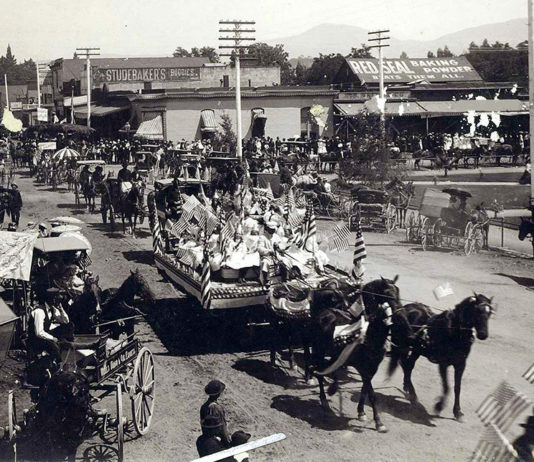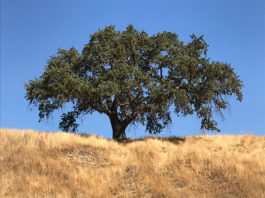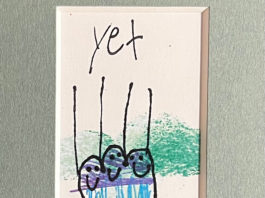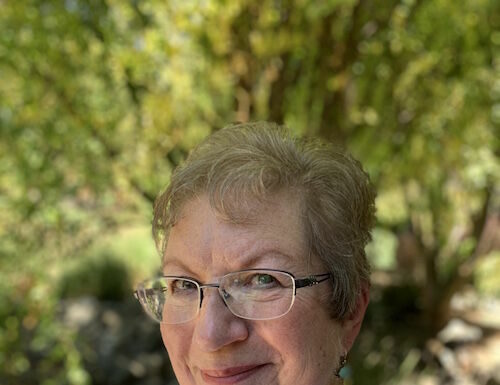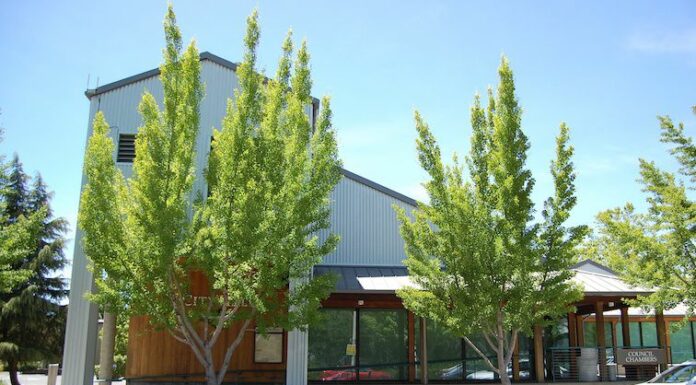War correspondents
Journalists have many essential jobs, and with the outbreak of war in Ukraine, we are witnessing their toughest assignment of all. Being a war correspondent is the life-risking assignment it looks like. The journalists now reporting from Ukraine these days are often in the line of fire with tanks rolling near them, scattered gunfire all around and war planes overhead. War correspondents answer to a select calling that requires bravery and a commitment to a mission that is closely aligned with the soldiers they share a battleground with.
Our haves and have-nots
We live in a world of ‘haves’ and ‘have-nots’ — always have, and probably always will. But the divide between who has the most and who needs just a little bit more has never been greater. People like Facebook’s Mark Zuckerberg can make millions of dollars a day on Wall Street while neighborhoods of families can’t make ends meet or promise their children a better life.
IDlewood 3: A busy month for Healdsburg
Ah, February — so many notable dates: Groundhog Day, Lunar New Year, Valentine’s Day and Presidents’ Day. However you celebrate, please send your newsy items to me in care of The Healdsburg Tribune. “IDlewood 3” (433) was the town’s original telephone exchange and now “Hedda Healdsburg” wants to know all!
What is freedom?
What is freedom? Is everyone entitled to his or her own definition of freedom or do all of us have to agree on a single definition to have a functioning society? Why does the question about freedom seem so relevant now?
Commentary: Will Healdsburg’s city council lead on climate action?
The Healdsburg City Council adopted a climate emergency declaration in 2019 and has taken some isolated actions since then. However, the city lacks a comprehensive Climate Action Plan with deadlines and staff/budget allocations. Healdsburg 2040, a citizen-led grassroots organization, believes the city council must prioritize climate action in its goal-setting session on March 7, 2022.
Our unnamed legacy
The oldest people in Sonoma County can remember the days of Prohibition (1920-1933) and we still have a cluster of World War II survivors who can tell stories about food and gas rationing and local coastal blackouts to hide from Japanese submarines. Our most elder Baby Boomers can recall when the county’s population almost doubled between 1950 and 1970, from 103,405 to 204,885. (Today’s population is 486,000.)
Toward a better Sonoma County
When the annual “state of the county” economic report and forecast focuses on the 3,600 lost hospitality service jobs instead of the interrupted travels of wine country tourists, we will find ourselves living in a better Sonoma County.


